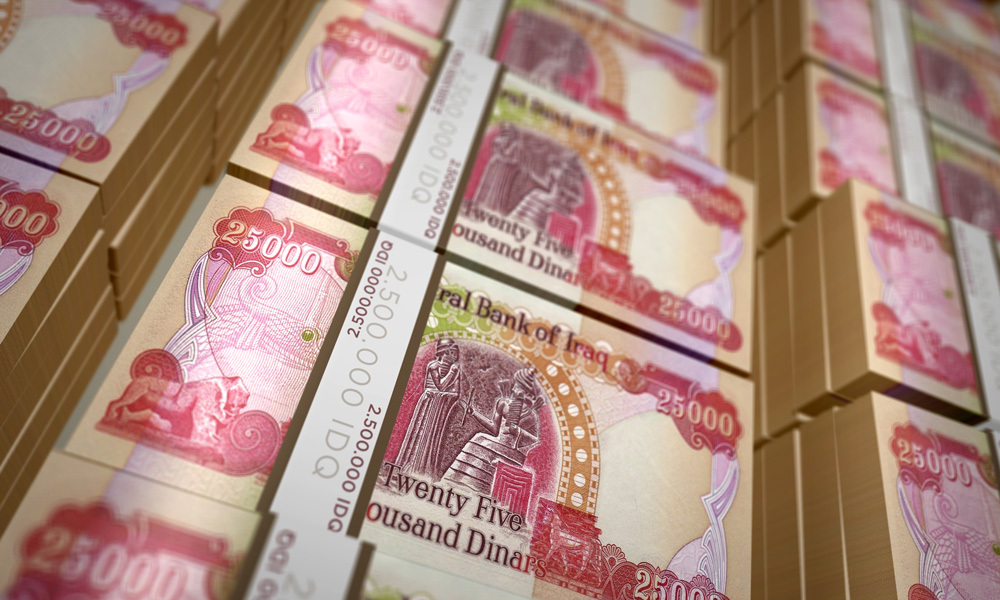January 17, 2018 marked a milestone in the TV series “The Blacklist.” It was the series’ 100th episode and the show featured the famous 1943 Bronze Cent along with stolen $100,000 US banknotes. Oh, yeah, Liz dissolved a guy’s body in a bathtub, too.
As master villain Raymond “Red” Reddington (played by James Spader) might have put it, the show was a rollicking good time that exposed the audience to a lot of numismatic inside info, some of it accurate, and some not so much. Let’s have a look and try to not be too picky about it.
First, About the Penny
Red has a very rare and valuable 1943 cent coin that was mistakenly struck in bronze. That’s true. Some 1943 bronze cents are worth over a million dollars. Red says it was supposed to have been struck in copper. That’s wrong; it should have been struck in steel as part of a wartime effort to conserve copper. In fact, US cents have not been pure copper since the mid-1800s due to the metal’s price.
Red claims that the 1943 bronze he has is one of only four ever minted, all from Denver. Sorry, there are actually about 20 known 1943 bronze cents, four from the San Francisco Mint and 15 or so from Philadelphia. Only one Denver coin has appeared, and although there has been some controversy about its authenticity, it appears to have been deliberately struck by a mint employee, probably as a souvenir. After authentication in 1979, it was graded and certified. It sold for $1.7 million in 2010. The best of the San Francisco coins is estimated to be worth $1 million today, and the top Philly checks in at at least half a million.
Then There’s the Map
The reason Red wants “all four” of the coins is that there’s a map and clue partially hidden on each. By getting all four, the puzzle can be solved and hundreds of millions in stolen $100,000 Federal Reserve Notes can be found. The problem is that the other three are held by Red’s archnemesis Abraham Stern (played cleverly by Nathan Lane).
Stern’s father, an aspiring mint engraver, supposedly made four coin dies, each with pieces of the clues, and struck single coins with each. He left the coins to his son as his legacy—the directions to a fortune in stolen notes that the Treasury denies ever having printed. But even if Papa Stern could have made the dies (doubtful), they would have had to be transferred to a coining machine to strike the coins, an act that is virtually impossible to pull off without help and detection.
Nonetheless, it’s fiction, so let’s play along.
About the Bills
The real treasure in the story is a huge cache of $100,000 Federal Reserve Notes that the Feds deny were ever printed since they disappeared shortly after production. Papa Stern was supposedly the thief and he stashed them in an abandoned boiler at the Denver Mint. Thus the clues on the coins.
Now the Treasury has been slow to admit some mistakes in the past; they denied the existence of the 1943 bronze cents until 1969. But designing and printing tens of thousand of bills would be pretty hard to cover up, even by government standards. Besides, the only $100,000 bill ever issued was a 1934 Gold Certificate used for official transactions between Federal Reserve Banks and was never circulated among the general public. This note can’t even be legally held by collectors, let alone private parties. Plus, Congress passed a law in 1934 forbidding the government from converting US currency into gold, relegating the 100K “Goldback” to a museum piece.
Even if such notes existed, all the Treasury would have to do is claim they were printed in error and never publicly issued, thereby making them worthless (and probably a crime to own).
The Mint vs The Fed
Red and Abe were planning to break into the Denver Mint to snatch up the money Papa Stern had tucked away. They would gather up large sums of real bills and take them to the mint to be shredded with other worn-out currency, overwhelm the guards inside, and cut through a thick concrete wall to get to the abandoned boiler. The problem with the plan is that in real life the robbers would have been laughed at (or arrested) at the mint’s gate since paper currency is shredded at Federal Reserve Bank facilities—including the one just down the street in Denver—not at the mints.
Besides, how would a mint worker get his hands on that much currency? The mints don’t handle paper money, only metal. And that was a lot of stolen loot to be hauling into a secure building from the Fed eight blocks away. Not that it would have been there in the first place.
On the Other Hand
We’ve only highlighted the major flaws in the story line—there are plenty of others—but so what? The episode was fun to watch whether you’re a money nerd or not. The Blacklist strives for entertainment, not accuracy, and in this episode it succeeds marvelously. The premise is so absurd that it’s hard for the actors to suppress giggles. Spader even said it was one of the most fun episodes he had made. Watch it on Netflix or other streaming services and see if you agree.
And if it got a few more people interested in the history or collection of coins and currency, that’s a good thing.



